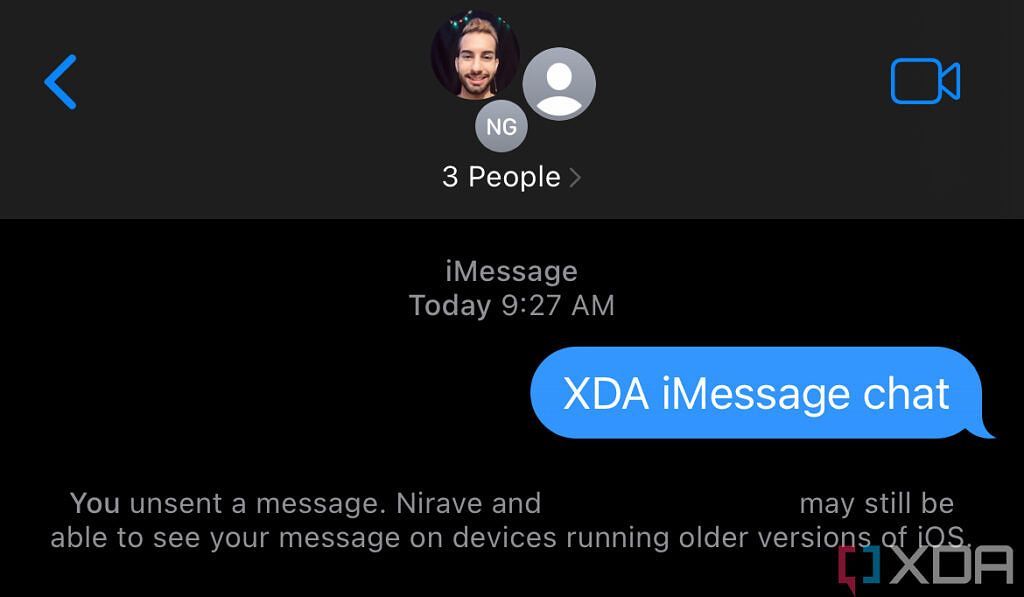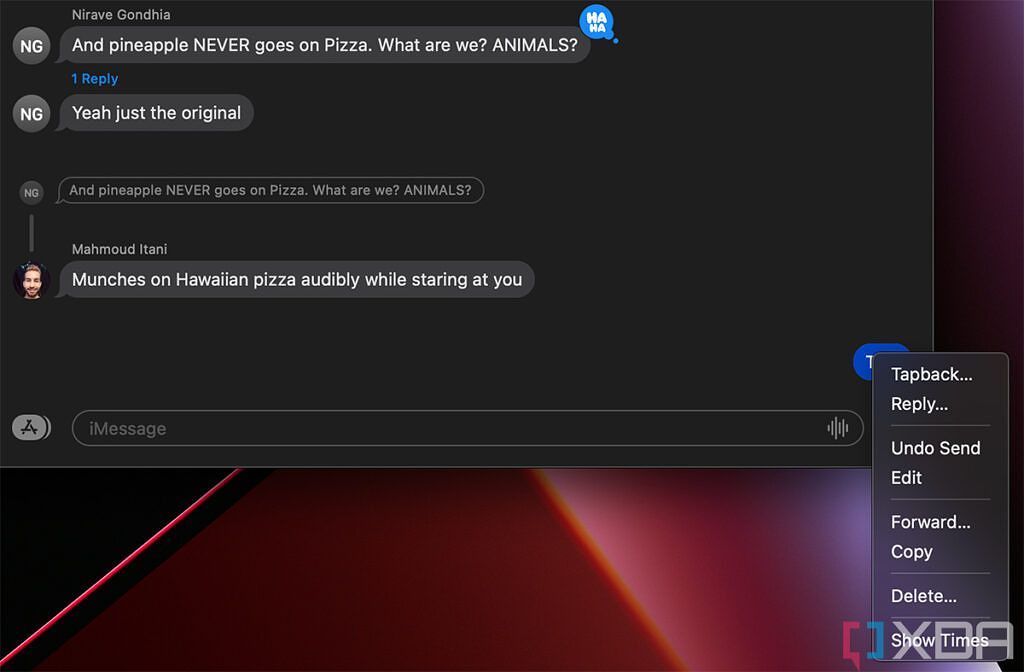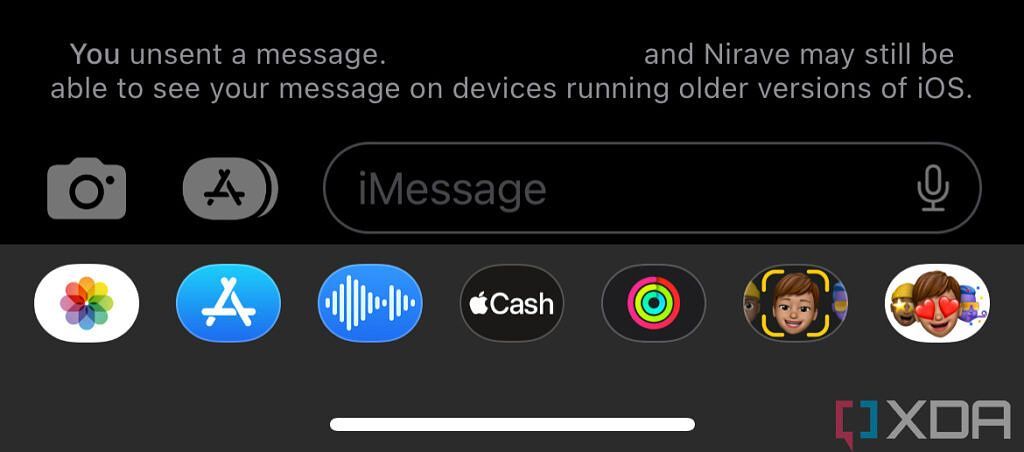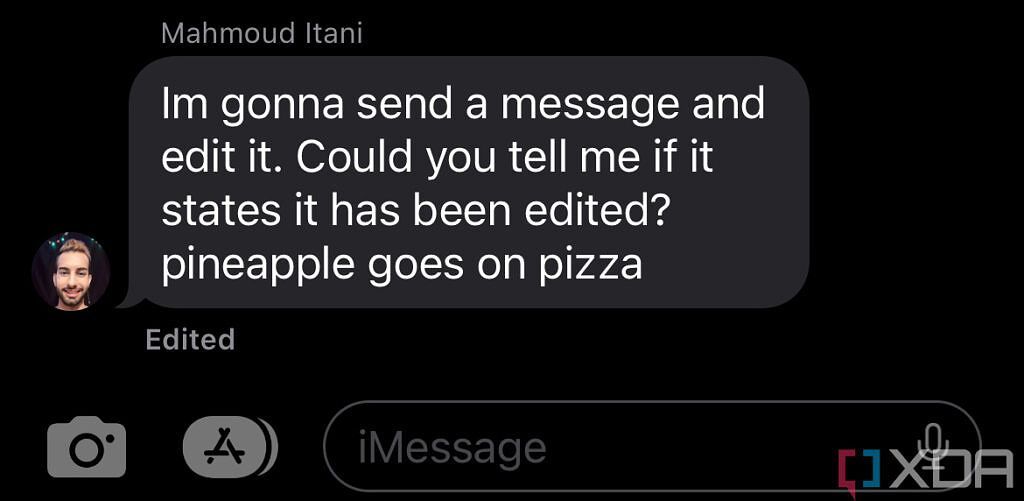Typos and other errors are pretty common during our everyday texting sessions. For a very long time, though, iMessage users had no way to amend these mistakes. That was until iOS 16 and macOS Ventura debuted in 2022, along with the ability to edit or unsend iMessages from an iPhone, iPad, or Mac. Whether you're on iOS 17, iPadOS 17, macOS Sonoma, or other previous-generation operating systems, all you have to do is follow the steps we've listed below.
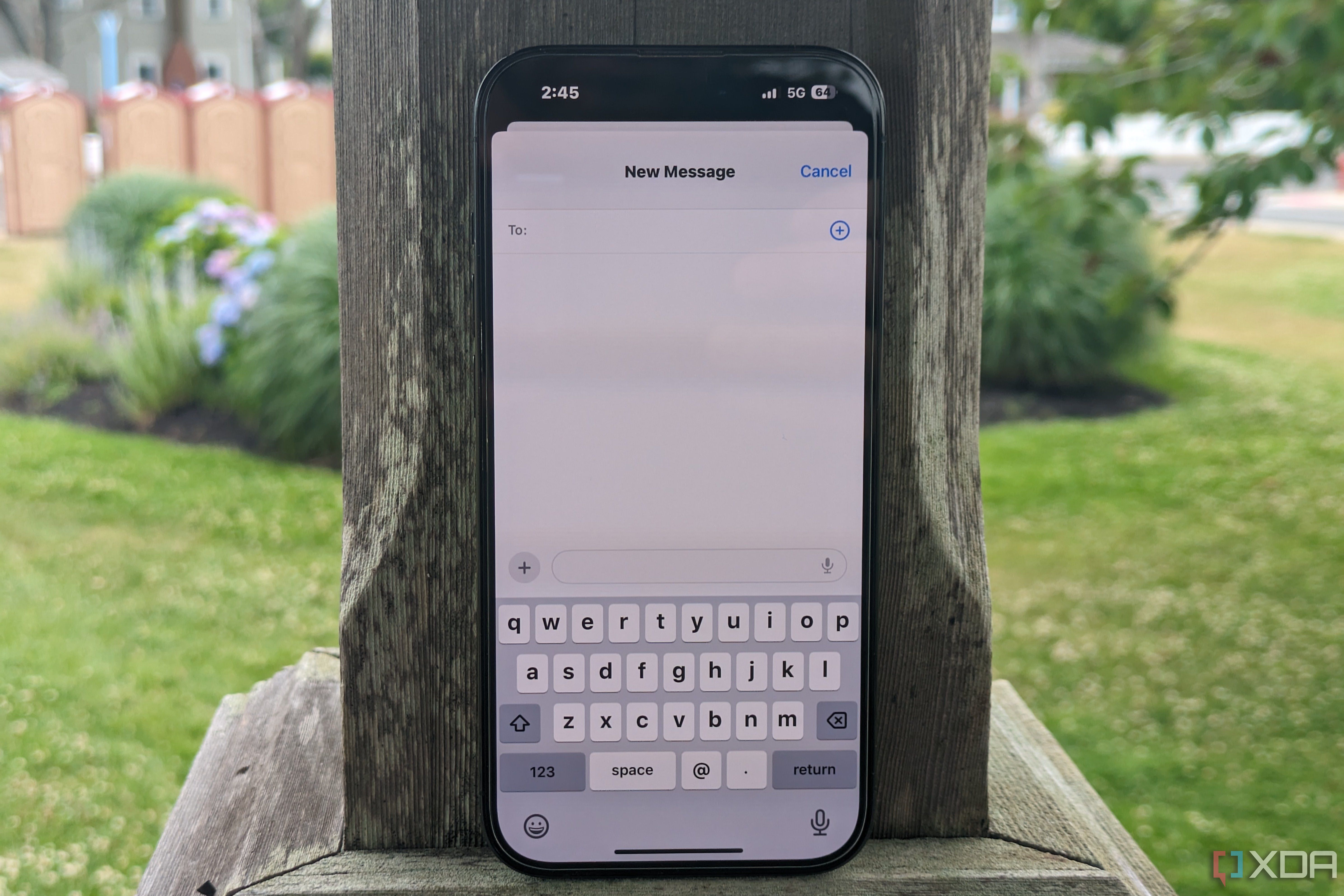
Apple Messages tips and tricks: Make the most of iMessage
Take your texting experience to the next level!Background information
First, you should note that there are some limitations to unsending or editing iMessages. Obviously, you won't be able to edit or unsend SMS messages, which are the ones that show up in green bubbles and use cellular network (standard texting) instead of mobile data. Another key limitation is that while you can unsend or edit an iMessage for a period of time, if the recipient is running an older version of iOS, iPadOS, or macOS, they'll still see the original message crossed out along with what you replaced it with.
The Messages app will warn you of this. It will tell you that the message has been unsent or edited and that the recipient may still see it because they're running an older version of iOS (yes, it still calls out iOS specifically even if you're using macOS). The same goes for group texts, as the app will specifically mention the people in the group who are running the older version.
Additionally, you have no more than 2 minutes to unsend and 15 minutes to edit a message. And note that the recipient will still be able to see your edit history anyway.
Finally, early builds of watchOS 9 didn't support editing or unsending iMessages. While it's unclear when this feature was implemented exactly, watchOS 10 and later versions now support it. So you can fix these errors right from your wrist if you're up-to-date.
How to unsend or edit an iMessage
The method of unsending or editing a message is pretty straightforward across new iPhones like the iPhone 15 Pro Max, iPads, Apple Watches, and Macs.
1. Long-press on an iMessage you sent on iOS, iPadOS, or watchOS, or Control + Left-click on the message if you're using macOS.
2. Select Undo Send or Edit. A message will pop up informing you that some recipients might still be able to see unsent messages.
3. If you're editing, adjust the message as needed and hit the blue checkmark. Your message will then have an Edited label under it, and recipients will be able to view the edit history.
That's it. Based on what you just did, the message will either be unsent or changed, assuming that the recipient is on iOS 16, iPadOS 16, macOS Ventura, and/or a newer OS version.
iMessage keeps getting better
This capability makes iMessage a more practical instant messaging service for those who don't always proofread or double-check their messages when texting. After all, accidents happen, and knowing that there is an undo button available encourages people to adopt the platform instead of relying on a third-party alternative. While you might not be able to fully retract a message when sending it to someone on an older OS, at least they will know that it was sent in error. They can then wait for either a new message with the proper details or disregard the message altogether.
Note that on the flipside, there are some ways to see unsent messages on iPhone. But this requires some clever workarounds. Ultimately, it's best to review your messages thoroughly before hitting the send button and to, conversely, not worry about unsent messages. If the person unsent it, there's probably a good reason.


